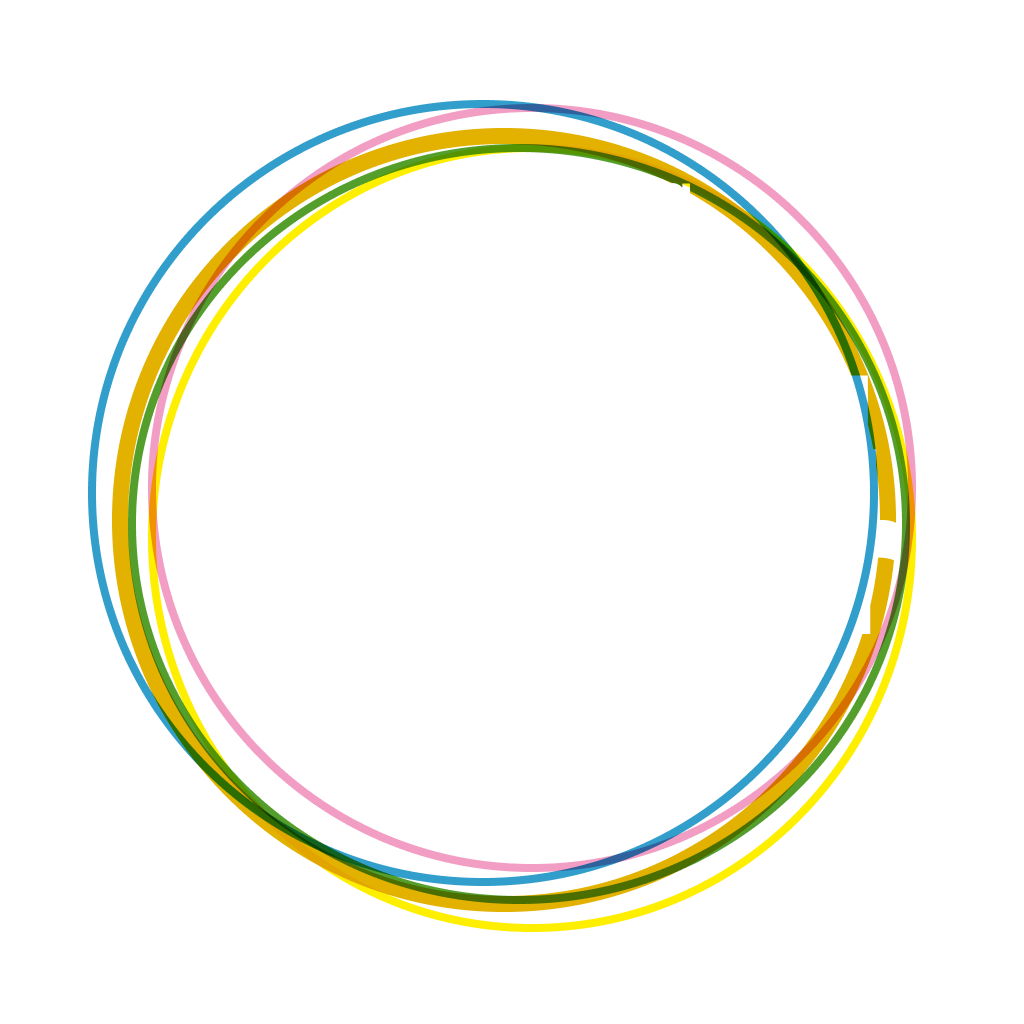Surface sealing is progressing and the federal government is also reducing the "hurdles".
On May 28, 2021, the Federal Council approved the federal government's draft law for a building land mobilization law. This includes the extension of the provisions of § 13b BauGB until December 31, 2022. Section 13b enables settlement expansion on the outskirts without environmental assessment and otherwise often necessary compensation areas. Originally intended to create urgently needed living space, the paragraph quickly and easily mobilized building land for sought-after single-family homes. This is easier than activating vacant lots in urban areas. By May 2019, over 1,800 development plans according to Section 13b had been drawn up nationwide. 545 of the plans come from Bavaria, where 1,345 single-family houses and only 53 multi-family houses were built through the procedure under Section 13b. This leads to urban sprawl and increasing surface sealing.
A good half of the total area in Germany is agricultural land, forest areas make up just under a third. Settlement and traffic areas currently take up 14%, in 1992 it was 11%. Around half of the settlement and traffic area is sealed, i.e. built on, concreted, paved or paved. According to the Ministry of the Environment, around 52 hectares are re-designated as settlement and traffic areas in Germany every day. About half of it will be built over and sealed. Usually this happens on previously agricultural land. With the sealing, important soil functions, especially water permeability and soil fertility, are lost. Lower water permeability means that groundwater reserves are less replenished and that the sewer system cannot contain the water masses during heavy rainfall, which often leads to local flooding. The urban climate is also negatively affected: sealed floors cannot evaporate water, which is why they do not help cool the air in summer. The natural soil fertility is massively impaired when the soil is sealed. In the event of unsealing, the natural structure of the soil remains disturbed. The consequences are becoming increasingly clear: a decreasing number of days with precipitation and more intensive precipitation on the remaining days lead to catastrophic floods as happened on the Ahr in July 2021. On the other hand, cities have to adjust to a drastic warming of the urban climate. According to a study by the ETH Zurich, temperatures in 2050 will be the same as in Canberra, Australia. European cities are moving 1,000 km closer to the equator in terms of climate. The increasing sealing intensifies the warming of the urban climate again.
One solution to the problem is, for example, alternative housing concepts accompanied by appropriate building legislation, through which space is used more efficiently. One example is the multi-generation project on the Pallaufhof property in Münsingen near Lake Starnberg. Instead of the first plan of a development typical for a village with three single-family houses and three semi-detached houses, two elongated buildings for 24 families were developed in a space-saving and ecological design with variable residential modules. The project has now become a pilgrimage site for many mayors in the region with similar challenges. A model for village development and citizen participation were decisive factors. Many [MH1] municipalities only make ad-hoc decisions regarding development without creating an overall plan suitable for the future. Land use plans are sometimes 40 to 50 years old. Another approach are tiny houses. According to a study by Livee, the most important reasons for the concept are minimalism (16-30 square meters), affordability (average EUR 67 thousand) and sustainability. The current 65 Tiny House providers in Germany are expecting significant growth in demand. The market is currently still fragmented. Larger providers such as Diekmann from Hamm build 40 to 60 mini houses per year. However, many projects have so far failed due to the municipalities. The prejudices and concerns are too great, because tiny house settlements are fundamentally different from other communal construction projects. Therefore, the biggest problem facing tiny house fans is the lack of public support. Buildings on stilts are also good options for redensifying areas that have already been sealed. One example is the three-storey building of the Bavarian State Forests with a living space of 900 square meters, spread over 33 residential units in Regensburg: built on stilts to save climate and space.
Sources: Bundesministerium des Innern, für Bau und Heimat, Deutscher Wetterdienst, ETH Zürich: Understanding climate change from a global analysis of city analogues, Livee: Tiny-House-Studie, Umweltbundesamt, bayerische Staatszeitung
